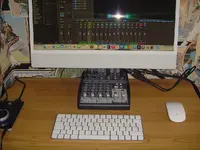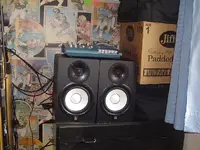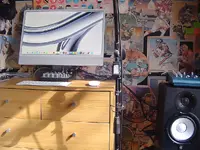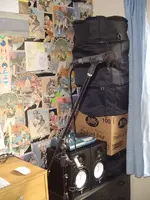rob aylestone
Moderator
Even if you cannot solder - we all have enough old premade cables to do practically all things cable. In my teens, twisting wires together and taping was everyday stuff when you needed to combine or split. Nowadays it's even easier because of magic things called wago connectors. Dirt cheap little plastic gizmos that you simply poke wires into and press a lever - joint made. The ones with three holes would allow you to take an output and split it to two destinations. Splitting like this does have some impedance and level consequences, but the fact is that virtually all decent kit doesn't object and it works really well. Headphone outputs are designed now for lowish impedance headphones, not just the old 8 Ohm ones and will drive hi impedance inputs without problems. You could take the cable that goes to the recorder, find another, chop them both in half, bare them back and use a wago to join them. takes a few minutes and no soldering required. I do agree though that in this world, the two skills I'd hate to lose are soldering, and tuning by ear. Both are so useful I can't imagine not being able to do them.




